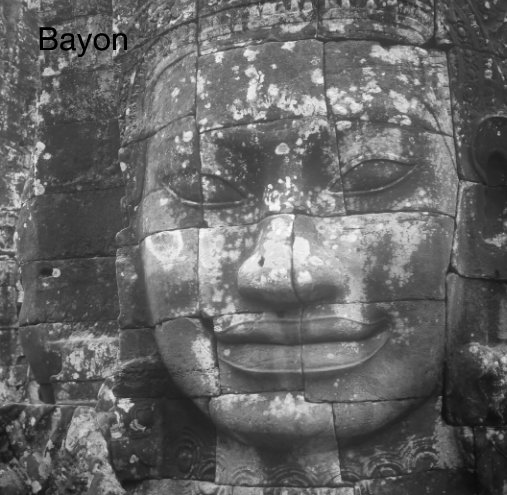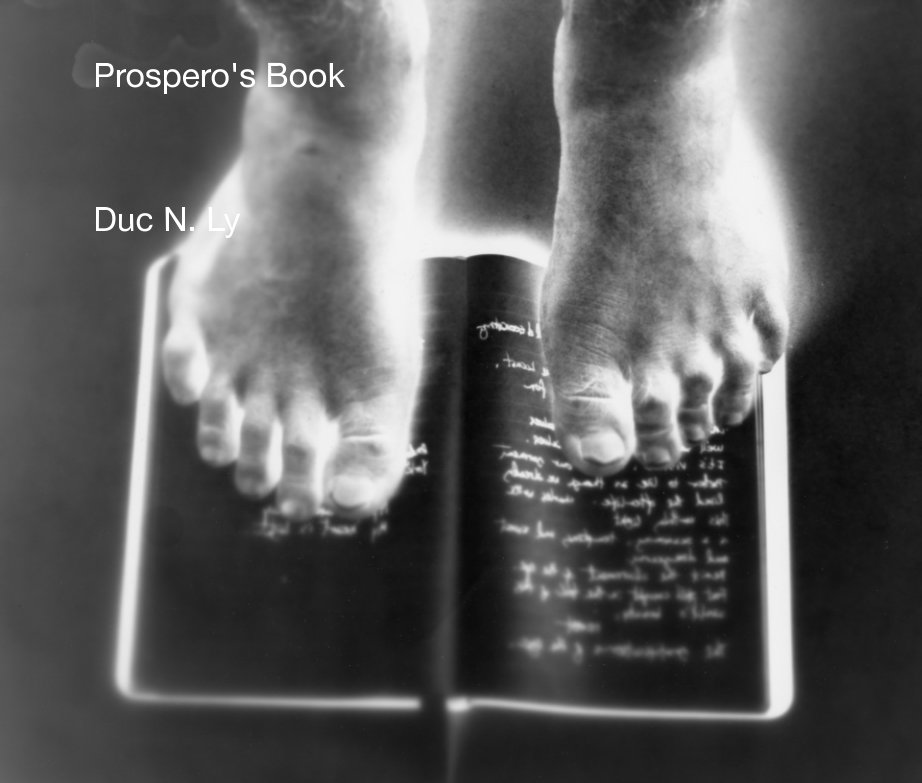Columbia River View Point from ducnly Award winner on ViewBug.
Duc N. Ly
photography
Thursday, December 17, 2020
Wednesday, September 30, 2020
Piranesi
 Piranesi by Susanna Clarke
Piranesi by Susanna ClarkeMy rating: 3 of 5 stars
Some notes: I bought the ebook $10 and Audible $7. I could not go shopping for the first edition because some of the book stores are closed? Listened and read some last night. the way Clarke uses the month by number instead of the name. But there were Journal titles with November and June. This alters reality. The year is given by specific events such as the year the Albertross came. On earth, we don't have names for years except for the Chinese Zodiacs. This seems to make the narrative an earthbound person but a slightly altered perception.
'The word albatross is sometimes used metaphorically to mean a psychological burden that feels like a curse. ... Therefore, the albatross can be both an omen of good or bad luck, as well as a metaphor for a burden to be carried as penance."
So this signals a psychological change in the narrator. The Other calls him Piranesi but he says it's not his name. This suggests that the narrator has an alter ego. The Other sometimes acts as the narrator's psychologist.
This year could have easily been named the year the Covid19 virus came. One critic mentioned that Clarke's Piranesi is so very timely. We are sequestered yet we are yearning to explore. Clarke's Piranesi's allows us to do this a little bit. It's a guide to our own psyche. Clarke puts up symbolisms, ancient icons, and myths that echo within the vast hall.
We see the statues make an appearance in Clarke's novel 'Strange and Norrel' 16 years ago. Norrel performed the only trick in the book was to make the statues in the cathedral speak bring back ghostly accusations and pleadings.
'I dreamt of him once; he was standing in a snowy forest and speaking to a female child.' This is a reference to Narnia. The epigram from C.S. Lewis also is the frontispiece and the cover is a figure similar to Tumus. Of course, statues are a result of the wicked queen turning her enemies to stone, even the lion got turned. The statues are paralysis, could possibly be a psychological one as experienced by the narrator. In the end, the lion is turned back to flesh. The Medusa also turns flesh into stone.
The Other is about to perform ceremonial magic to bring the answer to the secret knowledge. Here we see magik as practical as a modern-day revival of it similar to the Golden Dawn tradition instead of the fantasy kind. Clarke doesn't dwell on this. It's a hint of modern-day era magical practices. The Pan god suggests Paganism.
The element of water is pervasive.
This vast complex that the character traverses in reminds me of Calvino's Invisible Cities. Perhaps there are other similar structural organisms of this microcosm.
Mentions of the commonplace method of record-keeping and journaling.
View all my reviews
Tuesday, April 14, 2020
Wednesday, September 23, 2015
Sunday, September 06, 2015
Friday, December 19, 2014
Subscribe to:
Comments (Atom)






